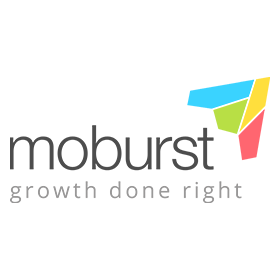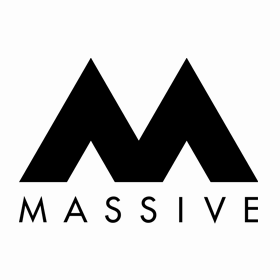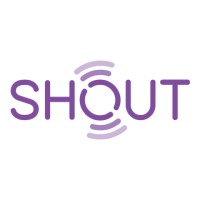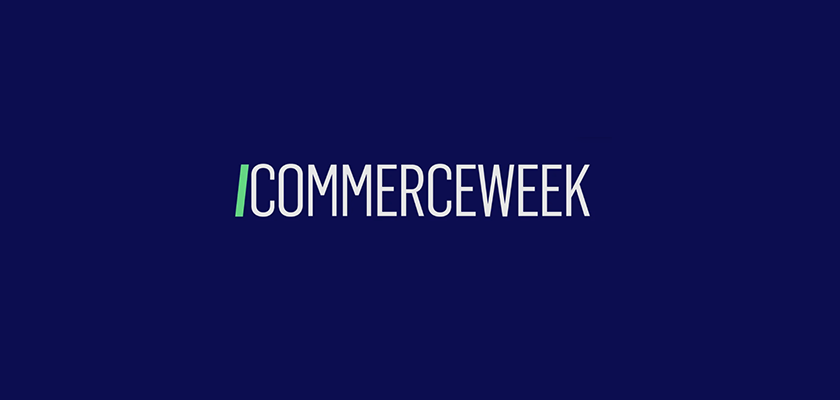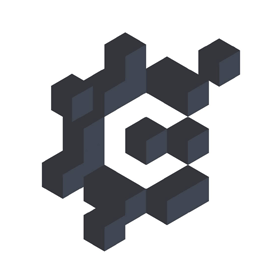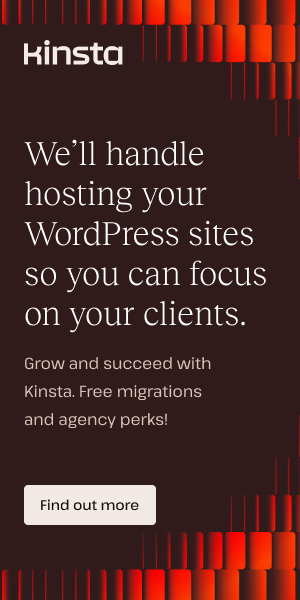
Surfing the Data Wave Without Drowning
If you own, or work for, a company that relies on data for their success, you understand the challenge of making sense of it all. Translating data into concrete decisions and next steps that help you grow or improve your business is difficult. Because what do you do when your data pool is actually an almost infinite amount of detailed information, constantly expanding, unstructured and disconnected?
A while ago we, as fresk.digital, started working with Ravlling, a startup in travel with exactly this problem. They realised that though the search for a next travel destination should reflect the fun of the travelling itself, it can actually become a complex, demotivating and time consuming job, because:
- There are so many destinations to choose from that it becomes difficult to navigate all the possibilities and decide what fits your needs and where to go.
- You can feel pressured during your search because your quest is filled with dark patterns from travel providers and booking platforms. They tap into your fear of missing out on the best deal. This does not help your happy flow during your booking experience.
- You are often steered into the direction of what you know or what you (are made to) believe is popular. But what if there are alternative destinations that are maybe closer by, less touristy, and just a bit more surprising? What if there is a perfect fit for your travel wishes that you were not even aware of?
Our client, Ravlling, has made it their mission to solve the travel search paradox and aimd to restore travelers’ trust when they seek their next destination. They strive to assist travelers throughout the process of searching, browsing, and navigating an extensive list European destinations. Their goal is to help travelers decide where to go, what to do, where to stay, and how to get there.
A big challenge was to pick the right technology that could not only handle this amount of data, but also handle a large amount of different connections that are necessary to build a full travel journey structure. In the end the sky’s the limit when it comes to travel, there are so many destinations, travel options, activities and so on to choose from. We needed to gather, connect and structure the data in the way that their customer would really be catered to their needs.
Start Organising and Making Sense of Your Data
When researching technological options in our Discover & Strategise phase we came across many ways to handle the vast amount of data needed to solve the travel paradox. In this article we want to focus on two of these options:
- Relational Databases:
This method is mostly chosen for applications with well-defined and stable data structures.
In the case of Ravlling their platform would be set up as a big catalogue of trips, something similar to a travel planner. Each trip would be like a page in the catalogue and each piece of information about the trip, like the destination, dates, and price, would be neatly organised into columns. It’s like having a catalogue where you can easily look up specific trips based on criteria like the location or date. Though sufficient in some cases, for Ravlling, where there is a large amount of data and connections, constantly expanding, this form would be too rigid to move forward with.
- Graph databases:
This method works well in scenarios where flexibility, scalability and handling diverse data types are crucial.
Instead of a rigid catalogue, a graph database is more like a huge mapped wall of sticky notes. Each sticky note represents a location, and they are connected by lines that show how they’re related. Each location is a point on the map, such as cities, airports, hotels, and activities. You can see how these points are connected and you can plan your trip accordingly. Whether you start with the destination, the type of transportation or your budget, you are always able to see and understand the connections. And whenever new locations come in, new connections are easily made.
For Ravlling this type of setup would be more fitting for the complexity of their data.
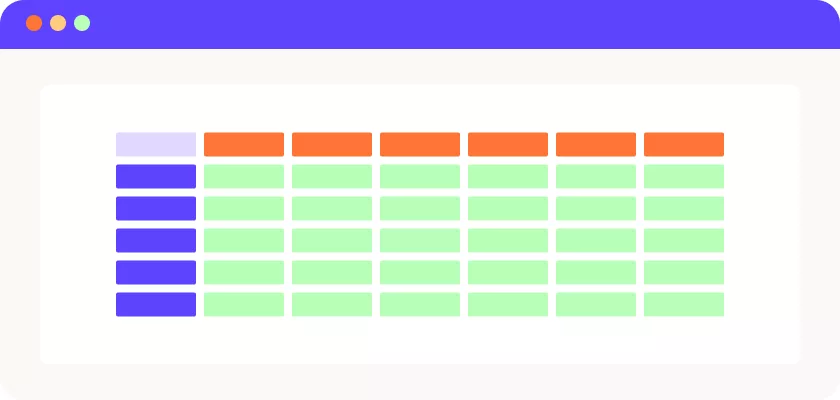
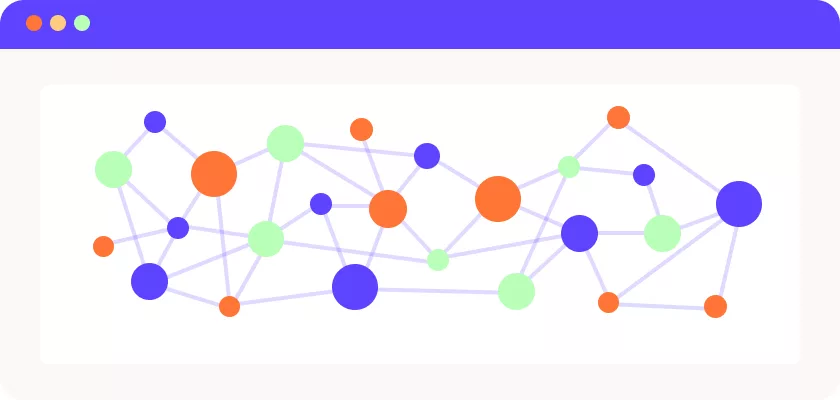
The Benefits of a Graph Database
We’ve established that a graph database is the best choice when your data is all about relationships and connections, and you need to explore, understand and identify those connections in a smart and efficient way. By representing data as nodes and relationships, graph databases allow for efficient storage and quick retrieval of complex interconnected information. These can lead to a more effective decision-making process, enable better customer experience and in the end lead to increased profits.
As a digital agency we have seen that a graph database is beneficial for all major stakeholders in the development process:
- Company:
Ravlling is dependent on an enormous amount of data from various systems and platforms in order to bring the right information to the right customer. The graph database we set up helped consolidate all this data, including the huge amount of connections into a unified view. This made it easier to identify correlations and dependencies resulting in a better understanding of the data. This helps Ravlling create a better overview of the organisational (data) drivers and helps enable them towards data-driven decision-making that helps understand their business better.
- Creator:
A graph database is very flexible and scalable. If at any point data requirements change, it can easily adapt to these changes by adding or modifying nodes and relationships, without sacrificing performance. It allowed us to adapt the data models as data in Ravlling evolved, but we did not need to do any extensive restructuring. This flexibility enables us to experiment with and modify the data structures more easily and help them grow into maturity step by step, country by country, saving time and effort. At the same time, this flexibility allows Ravlling to quickly respond to new business needs and ensure that their data infrastructure remains aligned with their strategic objectives.
- Customer:
The main benefit for Ravllling’s end-users is a better customer experience. Together with a new interface concept, the graph database allowed us to offer more accurate and personalised recommendations visible for them, as well as relevant and surprising new destinations. The vast amount of travel data in the graph database structure has made it possible to present the right information to their end-users with the highest speed and relevance, they simply find what they are looking for more quickly, and the results make more sense to them. This has led to better customer engagement, and Ravlling is able to build a durable relationship with their customers.
When Do You Choose a Graph Database?
So let’s make it a bit more concrete. We know the benefits of a graph database, but when should you consider a graph database specifically?
- Your data is like a social network or family tree:
- You need to find paths and patterns:
- Your data is always changing:
- Your data has a huge number of connections:
- You are overlooking certain patterns:
If your data is all about who’s friends with whom, who follows who, or who’s related to who, like in social media, a graph database is like having a guide who can help you navigate and understand these connections. Or when your data is more organisational like a company or a family tree, where you’re dealing with anything that looks like a tree structure, a graph database can help you navigate through the branches.
When you want to figure out the best way to get from point A to point B in a complex network, for example when finding the quickest route on a metro map or spotting trends in a web of information, a graph database is like a GPS for data.
When you are constantly adding new types of relationships or connections in your data, a graph database allows you to efficiently adapt and grow the data to your needs.
A graph database is more about high amounts of connections than huge amounts of data. Even for a medium amount of data, but with many connections, the method is beneficial.
When you want to discover hidden patterns or connections in your data, like finding the most influential person in a network, or the most cost efficient trip expressed in time and cost, a graph database helps magnify and disclose conclusions you would normally not automatically see.
In Conclusion
The use of graph databases can significantly enhance the value, efficiency, and effectiveness of day-to-day business operations, benefiting various stakeholders in the process. It has helped Ravlling in their first steps to solve the travel paradox, giving them control throughout their data, understanding their customers better through valuable insights, ultimately leading to increased profitability and customer satisfaction.
In essence, graph databases serve as a technical tool that empowers businesses and if you have a platform or service reliant on a large amount of data and connections that needs to work for you, your team and your end-users, we recommend you start exploring it today. Ride the data wave with us. We’ll keep you afloat 😉
About Fresk Digital
We are fresk.digital and we help you to get from business concept to a meaningful digital product. Our team has extensive experience in designing and building digital business-critical products, services, platforms and apps by truly intertwining data, design and technology from a human centred perspective.


